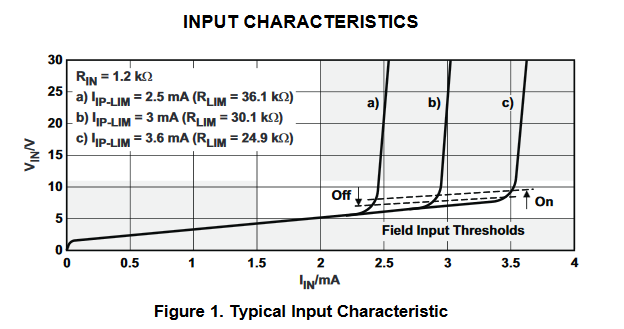Hello.
My customer evaluates SN65HVS881, and be the questions of the input terminal evaluation.
Ask you a question surely about three main checks of the input circuit which was written to the figure below to understand that I can input a signal.
Q1.What kind of circuit does the Iin>Leakage threshold check go by?
Do detect the voltage by I/V conversion?
Q2.What kind of signal is the signal which cannot pass Iin>Leakage threshold check?
Q3.How can check on that Iin>Leakage threshold check functions correctly?
Q4.A switch seems to be replaced by the REx side in Input =Valid, but does the current pass to the FGND side break off?
Give my best regards.
k-hashi



